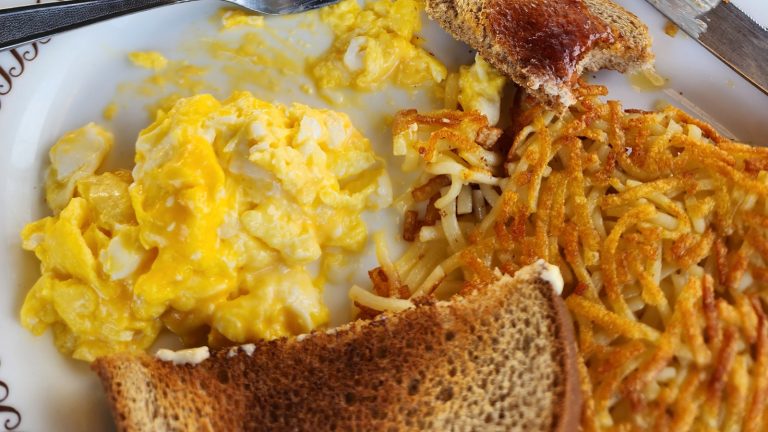If you’re wondering why your french fries don’t taste the same as a restaurant’s, it may have less to do with the potatoes and more to do with the fat you cook them with. Smashburger, Steak n’ Shake, and other fast food restaurants use beef tallow for their fries’ savory taste and crunchy feel. Opting for beef tallow is a good first step, but the methods you use alongside it are essential for restaurant-worthy fries.
Not only does beef tallow infuse fries with a subtle umami taste, but it also has a high smoke point that leaves them with a crisp exterior rather than a soggy, greasy texture. Besides the temperature, Chef Kieron Hales, Executive Chef and Co-Founding Partner at Cornman Farms, says the way you handle the fries is just as important for a crunchy finish. “The key is keeping the fries moving,” he says, noting that an overcrowded pot or fryer will result in steamed fries rather than crispy ones.
The constant movement ensures each fry is heated, but using the right amount of beef tallow matters, too. “You’ll need enough tallow to fully submerge your fries, which means about [three to four] inches deep in your fryer or pot,” explains Hales. “A rough ratio is at least six cups per batch in a home fryer, but this varies depending on the size of your vessel.”
Reuse beef tallow for even more restaurant-worthy fries
Although you can reuse fry oil, fats like canola and soybean oil tend to turn rancid the more they’re heated. As a saturated fat, beef tallow degrades at a much slower rate, making it a better choice for frying several times with the same batch of fat. “You can reuse beef tallow for multiple batches, often up to [six to eight] uses, if properly maintained,” Hales says. To prolong its longevity, the chef likes to strain the tallow after each frying session. “Once [it’s] cooled slightly, pour it through a fine-mesh sieve, cheesecloth, or coffee filter to remove food particles,” he advises.
Afterwards, pour it into an airtight container and keep it in a cool, dark place. “If storing in the fridge, bring it to room temp before using so it melts evenly when heated,” Hales says. Before you stow it away, however, he recommends looking out for signs that the beef tallow has gone bad. A change in color will be one of the first signs that it’s ready to toss. “Fresh tallow is pale yellow, but overuse turns it brown,” Hale explains.
It’ll also turn from mild-smelling to something more pungent. “Old tallow develops a rancid or overly beefy aroma,” he states. Finally, Hale recommends watching out for smoke or foam as you cook with the tallow. “If it smokes at normal frying temperatures, it’s breaking down.”






